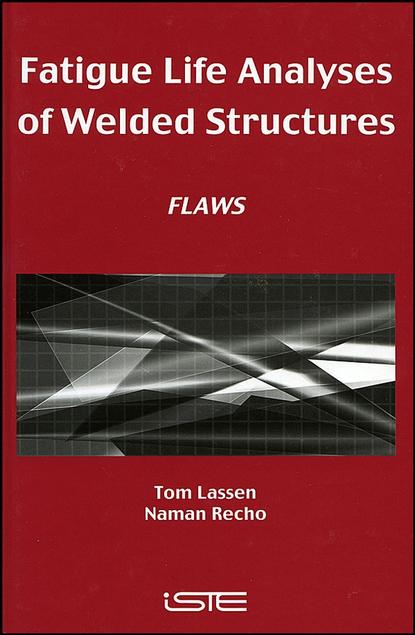
Fatigue Life Analyses of Welded Structures скачать fb2
Tom Lassen - Fatigue Life Analyses of Welded Structures краткое содержание
Avoiding or controlling fatigue damage is a major issue in the design and inspection of welded structures subjected to dynamic loading. Life predictions are usually used for safe life analysis, i.e. for verifying that it is very unlikely that fatigue damage will occur during the target service life of a structure. Damage tolerance analysis is used for predicting the behavior of a fatigue crack and for planning of in-service scheduled inspections. It should be a high probability that any cracks appearing are detected and repaired before they become critical. In both safe life analysis and the damage tolerance analysis there may be large uncertainties involved that have to be treated in a logical and consistent manner by stochastic modeling. This book focuses on fatigue life predictions and damage tolerance analysis of welded joints and is divided into three parts. The first part outlines the common practice used for safe life and damage tolerance analysis with reference to rules and regulations. The second part emphasises stochastic modeling and decision-making under uncertainty, while the final part is devoted to recent advances within fatigue research on welded joints. Industrial examples that are included are mainly dealing with offshore steel structures. Spreadsheets which accompany the book give the reader the possibility for hands-on experience of fatigue life predictions, crack growth analysis and inspection planning. As such, these different areas will be of use to engineers and researchers.
Чтобы оставить свою оценку и/или комментарий, Вам нужно войти под своей учетной записью или зарегистрироваться



